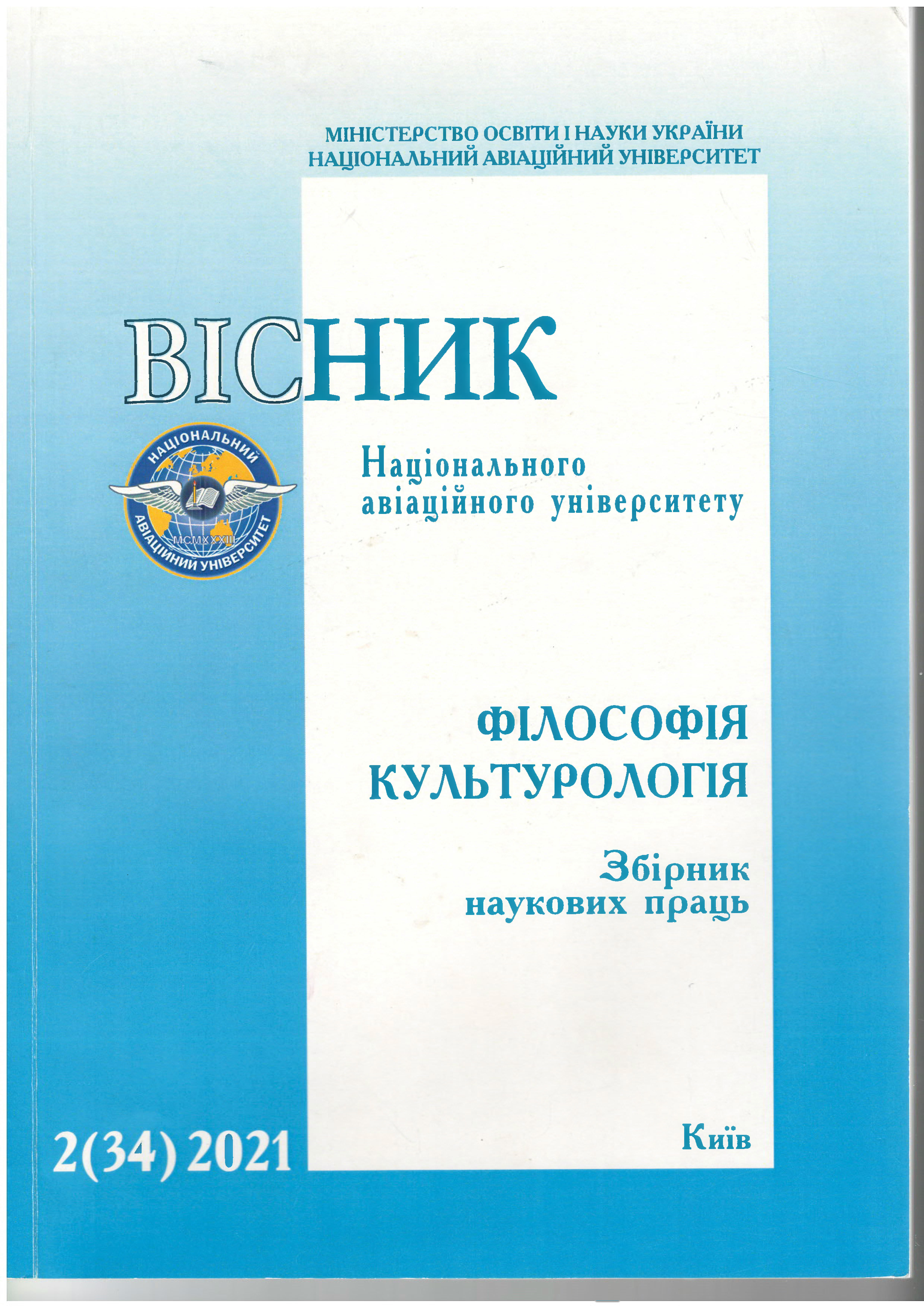СОЦІАЛЬНИЙ ВИМІР КОЛЕКТИВНОЇ ПАМ’ЯТІ
DOI:
https://doi.org/10.18372/2412-2157.34.16308Ключові слова:
колективна пам'ять, соціальна пам'ять, публічна пам'ять, історична свідомість, структура соціальної пам'яті, ідентичність, спомини, минуле як вимір часуАнотація
Стаття присвячена дослідженню феномену колективної пам’яті. Показано, що колективна пам'ять завжди вмонтована в конкретний соціальний досвід і у такий спосіб тісно пов’язана з часовими та просторовими уявленнями. На бачення власного минулого дуже впливає те, чим і ким ми є сьогодні. Центральною проблемою статті є теоретична реконструкція умоглядних пошуків сучасними вітчизняними та зарубіжними дослідниками підвалин феномену колективної пам’яті.
Посилання
Касьянов Г. Історична пам'ять та історична політика: до
питання про термінологію й генеалогію / Г. Касьянов //
Український історичний журнал. – 2016. – №2. – С.118-137.
Киридон А. Гетеротопії пам’яті: теоретико-методологічні
проблеми студій пам’яті / А. Киридон. – К.: Ніка-Центр, 2016. –
с.
Коннертон П. Як суспільства пам’ятають / П. Коннертон. –
К.: Ніка-Центр, 2013. – 184 с.
Сторожук С. В. Роль колективної пам’яті в процесі
формування національної єдності: український вимір /
С. В. Сторожук, І. М. Гоян, О. В. Федик // Гуманітарний часопис. –
– №1. – С.11-22.
Хальбвакс М. Коллективная и историческая пам'ять /
М. Хабельвакс // Неприкосновенный запас, 2005. – № 2-3. – С.8-
Шацька Б. Минуле – пам'ять – міт / Б. Шацька. – Чернівці:
Книги – ХХІ, 2011. – 248 с.
Nora P. Czas pamięci. – Res. Publica Nowa, 2001. – 154 p.
Schacter D. L. Siedem grzechów pamięci: jak zapominamy i
zapamiętujemy. – Warszawa: Pacstwowu Instytut Wydawnitczy,
– 144 p.


